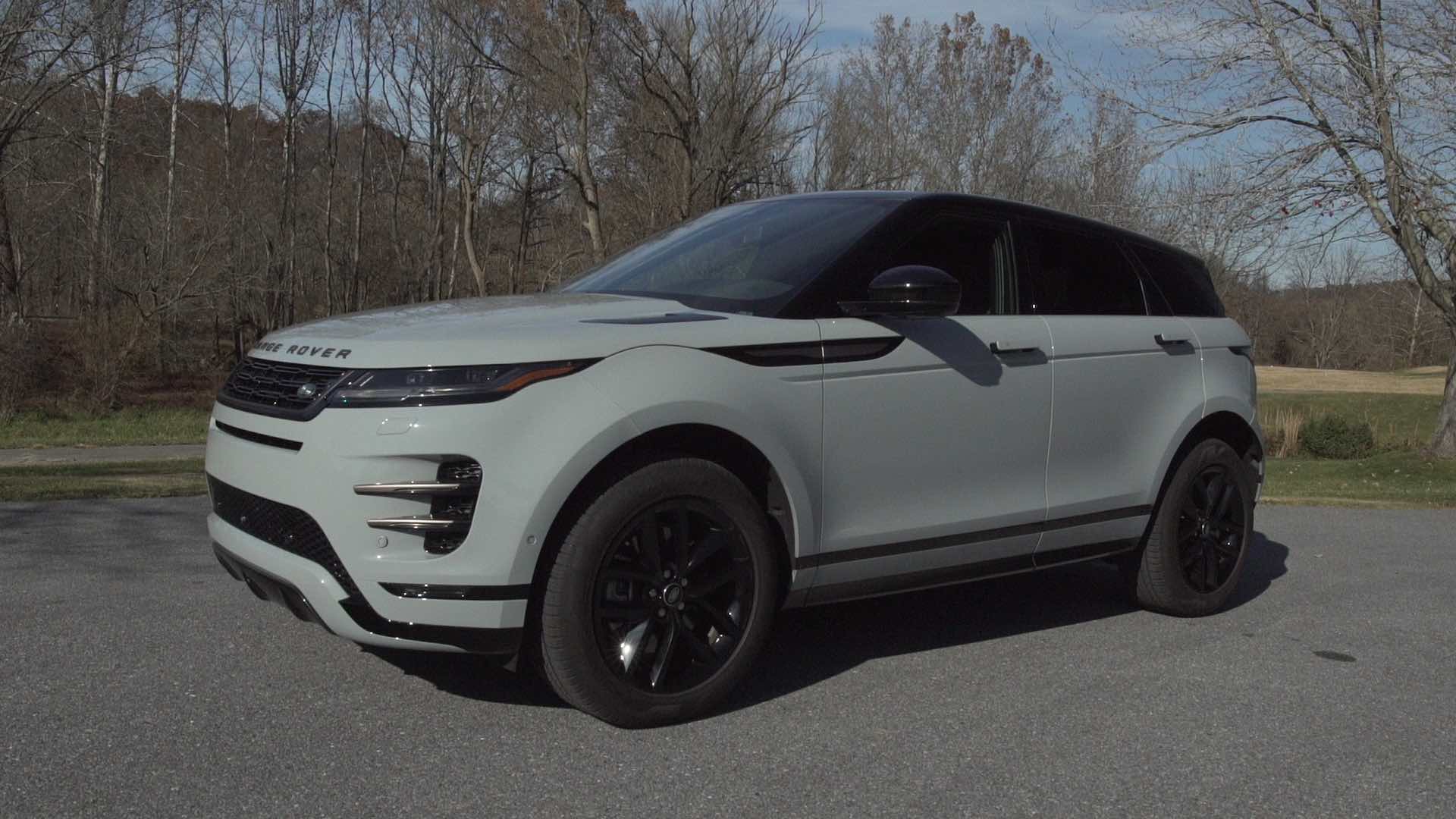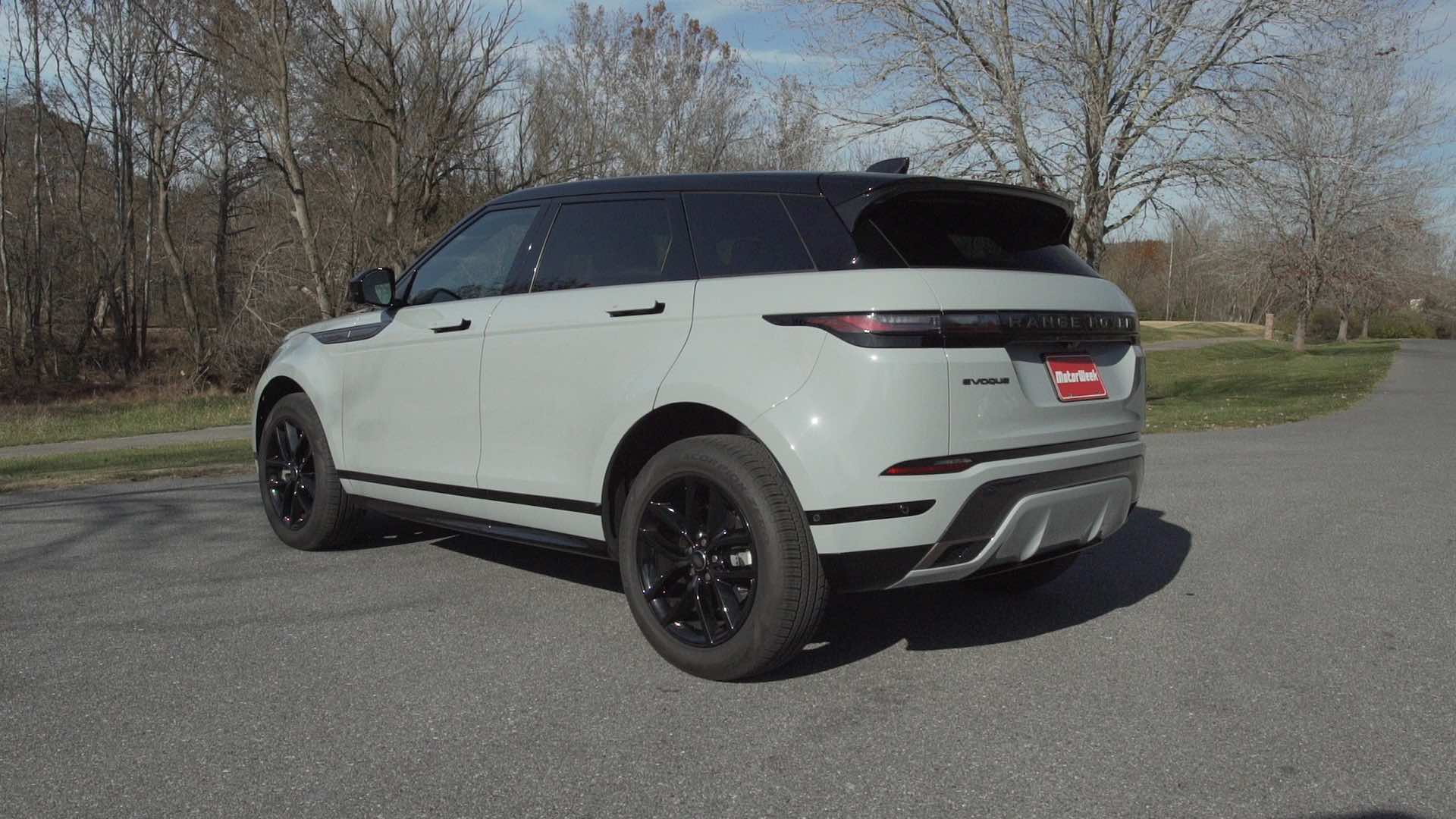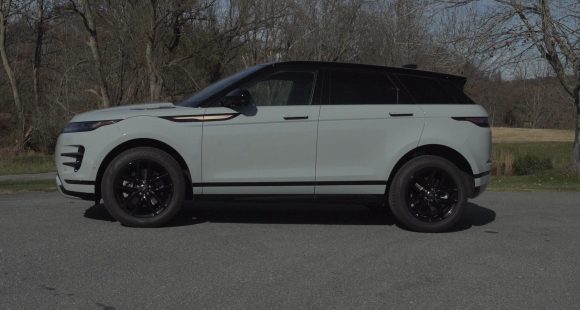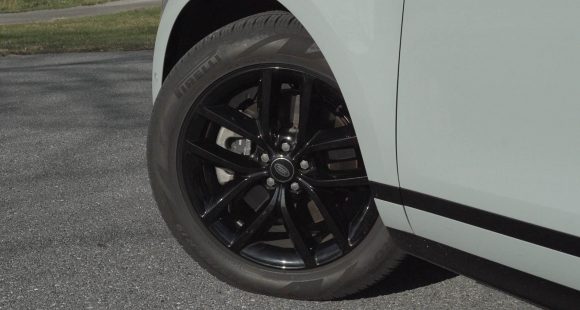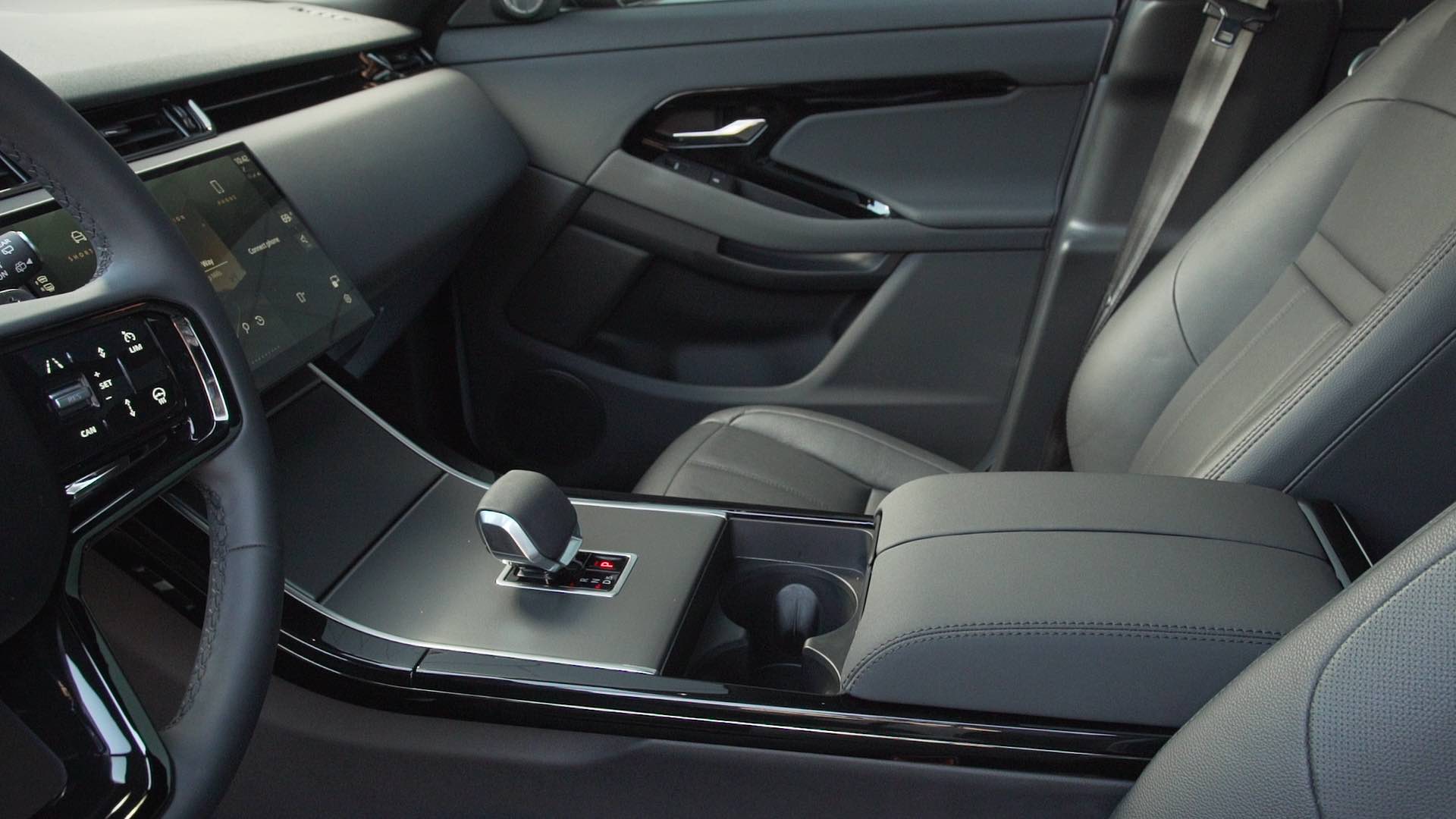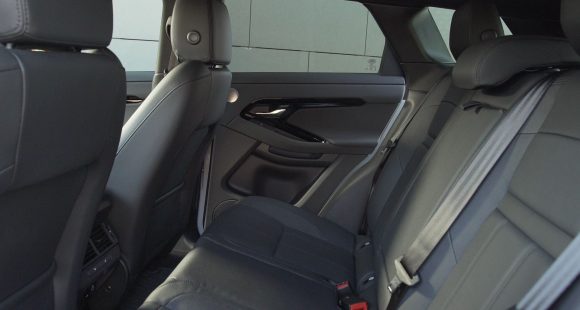2022 Chevrolet Bolt EUV
One Of The Best Bargains In Green Motoring
There’s no denying, the Chevrolet Bolt, when it arrived for 2017, was a true game-changer; delivering real-world range to the masses like no EV before it. It only makes sense that GM would want to spread the love into the SUV category, it just took a little longer than we were expecting, but the Chevrolet Bolt EUV is finally here!
First thing to know about the 2022 Chevrolet Bolt EUV is that it’s essentially just a slightly bigger version of the pioneering Bolt EV. It’s 6.3-inches longer; but more importantly, there’s an additional 3-inches of wheelbase, which provides more space inside.
 Second thing to know is there’s no all-wheel-drive; so, it’s more of an urban utility vehicle, designed with the space and comfort to make daily tasks and weekend errand running easier. So, it’s not a utility intended to get you far off the beaten path.
Second thing to know is there’s no all-wheel-drive; so, it’s more of an urban utility vehicle, designed with the space and comfort to make daily tasks and weekend errand running easier. So, it’s not a utility intended to get you far off the beaten path.
Back when we first tested the Bolt EV, we felt that it was very utility-like; now of course the EUV has made it even more so; though oddly enough, all of that additional room goes strictly to rear seat passenger legroom, as cargo space is actually a tick less in the EUV at 16.3 cubic-ft., down from 16.6. And you can tell rear passenger comfort was the EUV’s priority. While it shares the same basic profile shape, the rear doors are noticeably longer. But, the EUV brings a lot more than just additional rear seat legroom; it arrives with a load of updates, many shared with the Bolt EV.
The hood, as well as both front and rear fascias, have been tweaked slightly, headlamps are updated, and there are new wheel choices. Inside, there’s a new dash with updated infotainment touchscreen that’s now 10.2-inches, as well as a different control layout. While the center console now rises to meet the dash, and replaces the shifter with a row of buttons including a new one for 1-pedal driving. The EUV was also the first non-Cadillac to have SuperCruise available; in top Premier trim naturally. Though it’s still an older generation than currently available to Caddy buyers, so no 1-touch lane changes.
 Premier trim also includes leather seating, surround view camera, and heated steering wheel; though wireless phone charging is standard on all. And due to customer demands, a sunroof is available in the EUV, as part of a Sun and Sound package that includes navigation and Bose premium audio.
Premier trim also includes leather seating, surround view camera, and heated steering wheel; though wireless phone charging is standard on all. And due to customer demands, a sunroof is available in the EUV, as part of a Sun and Sound package that includes navigation and Bose premium audio.
The EUV does share the EV’s powertrain, and as you may have heard, all Bolts were recalled and EUV production was held up due to potential fire concerns with the LG-supplied battery. But, that has since been rectified, and GM added a little range to all Bolts for good measure.
The EUV is officially rated for 247-miles of range, which seems more than reasonable as we were on track for 270 miles before recharging. Its efficiency score is also quite efficient at 29 kWh/100 miles. That 247-mile range is actually 9 miles more than the Bolt EV had when it debuted, and its range has also increased from 238 to 259-miles.
No changes for the front-mounted 150-kW motor, as it outputs the same 200-horsepower and 266 lb-ft. of torque here in the EUV. The EUV’s bigger size equates to a slightly slower 0-60 time of 7.2-seconds; but it still feels quite peppy compared to traditional small ICE crossovers. Still, keeping the accelerator pinned for the entire ¼-mile is not exactly thrilling, as power delivery stays more moderate than aggressive; but the hyper-responsive steering does keep things interesting. Our best pass was 15.7-seconds at 90 miles-per-hour.
 The Bolt EV was an adequately fun car to dart around traffic in, but when pushed to its limits would understeer quite a bit. The longer wheelbase of this EUV doesn’t seem to have improved on that, and there appears to be a little more body roll here too. Not much about the handling experience screams “sport-tuned” but the low-mounted weight of the batteries still lends a solid overall feel, and steering weight was actually quite good. Panic braking stops from 60 averaged a longish 120-feet, with significant nose dive, and lots of ABS pedal pulsing.
The Bolt EV was an adequately fun car to dart around traffic in, but when pushed to its limits would understeer quite a bit. The longer wheelbase of this EUV doesn’t seem to have improved on that, and there appears to be a little more body roll here too. Not much about the handling experience screams “sport-tuned” but the low-mounted weight of the batteries still lends a solid overall feel, and steering weight was actually quite good. Panic braking stops from 60 averaged a longish 120-feet, with significant nose dive, and lots of ABS pedal pulsing.
Things really get interesting when it comes to EUV pricing, with the base LT starting at just $28,195; that’s less than the Bolt cost 5-years ago when it debuted; so naturally Bolt EVs get a corresponding price cut to just $26,595 to start.
The Chevrolet Bolt EUV surely won’t grab as much attention as the Hummers, Mach Es, and Teslas of the EV world. But we think it is still one of the best all-around, everyday EVs out there; and certainly, a clear bargain when it comes to green motoring. And we’re going to need a lot more entry-level EVs like the Bolt EV and this EUV if society is truly serious about wanting an all-electric driving future.
Specifications
- Battery: 65.0-kWh
- Motor Setup: Single Front Mounted 150kW
- Horsepower: 200
- Torque: 266 lb-ft
- 0-60 mph: 7.2 seconds
- 1/4 Mile: 15.7 seconds at 90 mph
- 60-0 Braking: 120 feet (avg)
- EPA: 247 miles
- MW Range: ~ 270 miles
- MW Efficiency: 29 kWh/100 miles
2025 Land Rover Range Rover Evoque
Baby Rover Continues To Evolve
When most people hear “Range Rover” they tend to think of high class, high performance and high dollars. But, Range Rover does the entry-level thing quite well too with this Evoque. It has plenty of posh attitude, along with some recent updates. So, let’s see how the Evoque continues to evolved.
Our involvement with the Land Rover Range Rover Evoque’s evolution began when this small utility first arrived for 2012. It looked more Spice Girl than Tough Mudder, but it packed a surprising amount of capability into its subcompact dimensions. This second gen arrived for 2020, and has gained recent updates at the most likely midway point in its lifecycle.
Intrigued but not necessarily enthused could probably best describe our history with the Evoque, but Land Rover always has a way of drawing us in with very tasteful designs. They pretty much got this one right back in 2020, so styling revisions are largely limited to new Pixel LED headlights and a reshaped front fascia. There’s also new super-red signature lighting in back, all of it done to bring the Evoque more in line with the rest of the Range Rover family.
And like all of its siblings, all-wheel drive is standard and it does have Terrain Response 2 with specific off-road modes, but no one’s expecting to see a lot of Evoques out on the trail, unless there’s a new Lululemon Outlet at the other end of it having a killer sale.
Land Rover has once again taken the P300 296-horsepower version of the Evoque’s 2.0-liter turbo-four out of the lineup, leaving just the standard 249-horsepower version under the clamshell hood. No complaints from us, its 269 lb-ft of torque is more than adequate to move this 3,900 lb. ute around.
And at Mason Dixon Dragway, it moved us to 60 mph in 7.7 seconds. There was plenty of traction off the line, and while not overwhelming, power feels plentiful, staying very consistent down the track. Gearchanges in the Evoque’s nine-speed automatic transmission were quick and smooth, barely a blip in the process as we finished the quarter-mile in 16 seconds flat at 85 mph. Plenty quick for a compact utility with luxury intentions.
[It maneuvered] with a substantial presence that not too many small utilities have.
It felt quite good through our handling course too, with a substantial presence that not too many small utilities have. The Evoque uses selective braking to torque vector power between all four wheels, and it enabled us to cruise through the cones quickly without any excessive understeer or oversteer. There was some nosedive during our panic braking test, but the brakes were very responsive and strong enough to bring us to a halt in a short 115 feet from 60.
But, it’s the inside experience that really matters with any luxury vehicle, particularly in a Range Rover. And here things look more high-end Swedish than Tudor or Victorian, with a minimalist cabin design that’s way more visually appealing than practical. There’s real leather covering just about everything, and what appears to be just a tablet stuck in front of the dash is a new 11.4-inch touchscreen. Not only are the inner workings much faster than the previous infotainment setup, but the entire interface of this Pivi Pro system is vastly better than the split screen approach of before.
The center console that leads up to it appears much less cluttered and frees up some additional space for storage. The shifter is still here, but it has gotten much smaller. Front seat space and comfort remain high, though rear seat room is still very tight for adults. Cargo space is not bad for a small utility, with room for 21.6 cu-ft. of gear in the hold, which expands with 40/20/40 split-folding seatback flexibility to 50.5 cu-ft.
Government Fuel Economy Ratings are 20 City, 27 Highway, and 22 Combined. That’s an average Energy Impact Score, using 13.5 barrels of oil annually, with CO2 emissions of 6.6 tons.
Land Rover has been paring things down in the Evoque lineup for years, no longer offering a two-door version or the convertible, and now have simplified things even further to just the P250 available in only two trims: S, which stickers for $51,175, and Dynamic SE, which starts at $56,375; but you can add just about every package available and still come in right around $60,000.
Luxury-minded utility vehicles are coming at us from all angles these days, but the 2025 Land Rover Range Rover Evoque is a bit unique in that it remains as sort of a cheat code for sneaking you into the Range Rover VIP experience. You’ll feel like you’re getting away with something every time you drive it.
Specifications
As Tested
- Engine: 2.0-liter turbo-four
- Transmission: 9-speed automatic
- Horsepower: 249
- Torque: 269 lb-ft
- 0-60 mph: 7.7 seconds
- 1/4 Mile: 16 seconds at 85 mph
- Braking, 60-0 (avg): 115 feet
- EPA: 20 City | 27 Highway | 22 Combined









